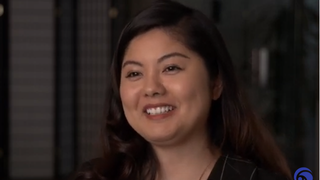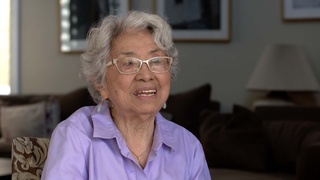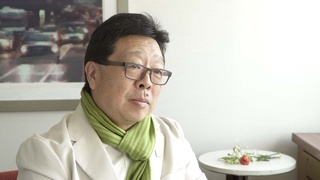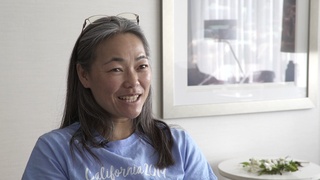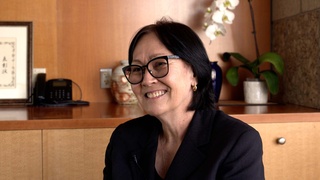Interviews
International dimensions of hapa identity
Essentially it is an American phenomena, because we do talk about this more than anywhere else. To some extent there’s Singapore has a pretty good awareness, but it’s really a Eurasian sort of conversation happening there. It’s mostly Eurasian, they don’t have the sort of Afro-Asian, the Latinos and so forth. And it’s a different kind of agenda. You know, the U.S. talks about race more than other countries do, by far. And even though they are foreigners, I wanted to talk about that.
And I actually was curious if any sort of trans-racial adoptees would participate. One person was thinking about it, but didn’t want her picture taken. [garbled] That’s an interesting way of defining it as well. And some people that weren’t—in my definition—Hapa, participated and I though that’s great, because that’s their self-identification. This woman came in, she’s black-white. She’s like, “I’m Hapa too.” I said, “Okay, let’s take your picture.”
Date: May 3, 2006
Location: California, US
Interviewer: Jim Bower
Contributed by: Watase Media Arts Center, Japanese American National Museum.

